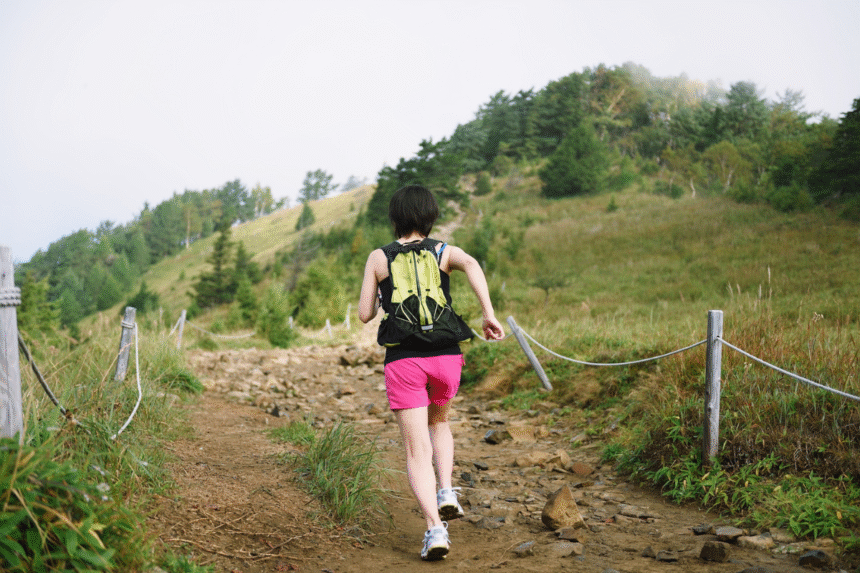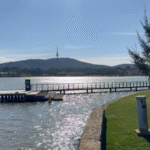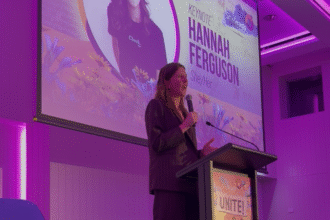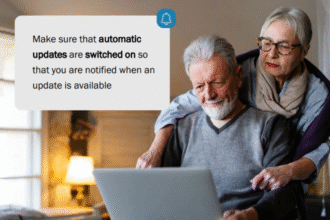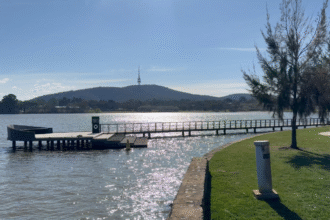Canberra is often celebrated for its natural beauty. Our bushland suburbs, interconnected trails, and public green spaces are part of what earned us the recent top spot for Quality of Life in the 2025 Oxford Economics Global Cities Index. But when violence erupts in the places we cherish, places meant to rejuvenate us, connect us, or simply help us breathe, the contradiction becomes impossible to ignore.
Late last week, a woman was seriously attacked while jogging on the Centenary Trail in Bonner. A teenager has since been charged and remains in custody until his court appearance in late June.
This incident isn’t just disturbing, it’s deeply unsettling. It’s a rupture in the story we like to tell about our city. And for many Canberrans, particularly women, it confirms a reality they’ve long felt but often kept quiet: our spaces are not always safe. And neither are our assumptions about how violence emerges.
Why This Story Matters
It’s easy to treat this as a rare, tragic event. But doing so misses the point. Because if we only focus on the horror of one moment, we risk ignoring the broader patterns, the systemic cracks, that allow it to happen.
This story matters because:
-
It highlights a continuing failure to ensure public safety for women in everyday settings.
-
It exposes the urgency of addressing youth violence before it escalates.
-
It forces us to ask: how are we supporting young men in Canberra before they cause harm?
The safety of women in public spaces isn’t a new issue. Women have long adjusted their behaviour, avoiding certain routes, changing running times, carrying personal alarms, just to feel marginally safer. It’s not uncommon for women to share live locations with friends or partners before going on a jog, to hold their keys between their fingers, or to rehearse an escape plan mid-run. These behaviours have become second nature, not because they’re overreacting, but because they’re often right to be afraid.
The attack in Bonner is not just a cautionary tale. It’s a call for systemic reflection and urgent action.
Fear Shouldn’t Be Routine
For many women, what happened on the Centenary Trail confirms a long-standing, unspoken truth: that safety is conditional. That at any moment, doing something as ordinary as jogging alone can become an act of risk.
This fear isn’t paranoia. It’s lived experience.
When stories like this make headlines, the most common community response is shock. But for many women, the response is weariness. A tired ache that says, “Again?” And that emotional toll is rarely measured.
We must stop framing women’s fear as overcautious. It is, unfortunately, a rational adaptation to a world that doesn’t protect them equally. It is not women who need to be told to stay alert, it’s systems that need to be held accountable.
What Do We Know About the Perpetrator?
Perhaps one of the most jarring details of this incident is the age of the alleged perpetrator, just 15 years old.
This fact raises as many questions as it does emotions. How does someone so young end up committing an act so violent, so intimate in its harm? What has failed in that young person’s life to lead them to this point?
We often talk about youth crime as a “wave” or a trend, but we rarely talk about the inputs: trauma, disconnection, unmet mental health needs, poor role modelling, and a lack of accessible early intervention services.
If Canberra is to prevent further harm, we must stop reacting only after violence occurs. We need to create meaningful programs and cultural frameworks that teach young people about empathy, boundaries, consent, emotional regulation, and the value of non-violence.
Where Should We Be Directing Our Energy?
In the aftermath of incidents like this, the instinct is often to share safety tips, download an app, don’t walk alone, stay visible. But let’s be honest: women already know how to be careful. They’ve been trained to assess risk since girlhood. And once again, we’re asking them to shrink themselves in response to someone else’s violence.
What if, instead of putting energy into vigilance, we supported women to put that energy into advocacy, community-building, and systemic change?
That’s the message from organisations like the Canberra Rape Crisis Centre (CRCC), which doesn’t focus on what women should do to avoid violence, it focuses on how society must change to stop it.
What Can We Do Instead?
Here are some practical ways individuals and communities can channel concern into change:
Speak Up, Share, and Support Services
-
Talk openly with your networks about why safety isn’t just a women’s issue, it’s a community issue.
-
Share and support services like CRCC, SAMSSA (for male survivors), and Nguru (for Aboriginal and Torres Strait Islander communities).
-
Recognise that survivors come from all backgrounds and all deserve compassionate, trauma-informed care.
Canberra Rape Crisis Centre
Service Assisting Male Survivors of Sexual Assault (SAMSSA)
Nguru Program – Supporting First Nations Survivors
Programs Supporting Young Men in Canberra
If we truly want to prevent further violence, we must look upstream. Canberra is home to several organisations doing powerful, transformative work to support young men and prevent harm before it starts.
Menslink
-
Offers free counselling, mentoring, and school programs for young men aged 10–25.
-
Their focus on emotional wellbeing, healthy masculinity, and connection has changed the trajectory of thousands of young lives.
-
Website: menslink.org.au
EveryMan Australia
-
Specialises in supporting men who are experiencing or at risk of using violence.
-
Programs include counselling, behaviour change, and fatherhood support.
-
Website: everyman.org.au
PCYC Canberra
-
Offers youth engagement and diversionary programs, including boxing, mentoring, and leadership opportunities.
-
Builds trust and confidence in boys from vulnerable backgrounds.
-
Website: pcycact.com.au
Headspace Canberra
-
Provides free mental health support for young people aged 12–25.
-
Focuses on early intervention, counselling, and youth-friendly services.
-
Website: headspace.org.au
The Junction Youth Health Service
-
Offers holistic health care for young people aged 12–25, including mental health, sexual health, and drug & alcohol counselling.
-
Based in Canberra City and accessible via drop-in.
-
Website: anglicare.com.au
These organisations are not just interventions, they are prevention. They provide young men with tools for empathy, respect, emotional awareness, and purpose. These are the traits that reduce harm, build character, and ultimately save lives.
Building a Safer Canberra Means Holding Two Truths
We must acknowledge the legitimate fear women carry, and we must also create the conditions that prevent boys from becoming violent.
This is not an either/or conversation. It’s a both/and.
We need better lighting, clearer signage, and safer infrastructure on trails. We also need better parenting supports, earlier mental health care, trauma-informed schools, and spaces where boys can talk about emotions without shame.
We need to celebrate the strength of the women who keep speaking out. And we also need to invest in the boys who haven’t yet found their way.
Because the truth is: we are all part of this community. And when harm occurs, it reverberates through all of us.
What’s Next?
There’s no single solution that will erase the fear or undo the damage caused by this attack. But we do have choices.
We can choose to treat this moment not just as a tragedy, but as a warning and a window, an opening to reflect, reform, and rebuild.
We can insist that safety isn’t a privilege reserved for the cautious, but a right deserved by all. We can talk to our sons, our students, our teammates about what it means to be good, kind, respectful men. We can push for policies that prioritise early intervention, not just after-the-fact punishment.
And perhaps most importantly, we can listen, to the women who have long felt unsafe, and to the young people who are asking for a better path.
Let’s not let another woman’s pain be the price of our inaction. Let’s build a Canberra that is not only known for its quality of life, but for the safety, dignity, and humanity it offers to all.

